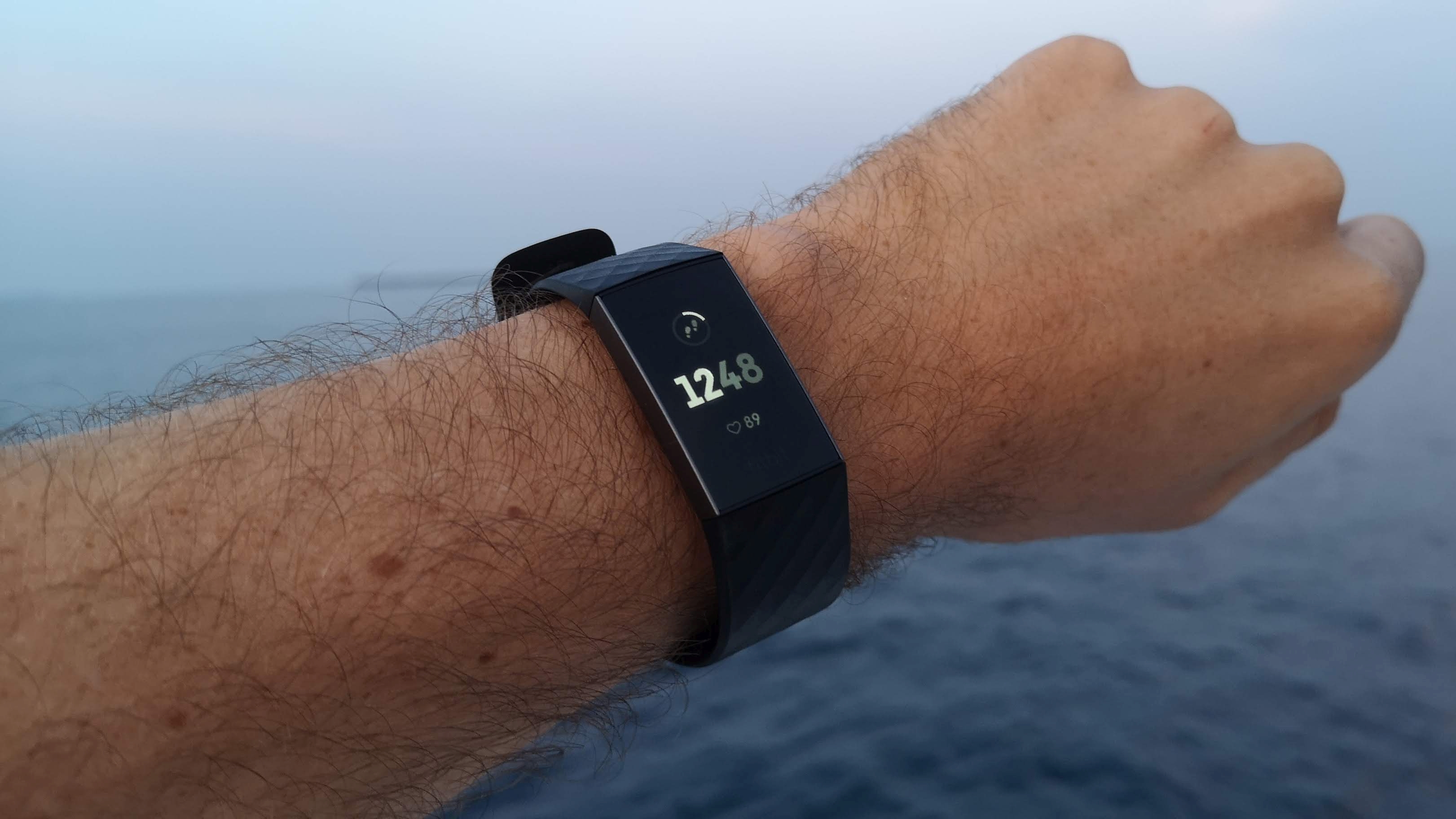Why you can trust TechRadar
Performance, fitness and features
- No onboard GPS but uses your phone's
- Now features timers, weather and more notifications
- Can track your swims as well as running, walking and more
The Charge 3 is probably the closest Fitbit has come to merging its smartwatches with the more basic activity tracker devices it's known for. This is because it has been given quite the upgrade over the Fitbit Charge 2, which was pretty basic when it came to smart functionality.
Take for instance how the device can now provide you with better notifications from all of the third-party apps on your phone, something that the Charge 2 couldn’t as it was only capable of alerting you to phone calls and text messages. It also has a good number of other new features on board, such as timers and weather.
With a screen this size, it’s hardly surprising that you can’t download apps to the Charge 3 like you can with the Fitbit Ionic or Fitbit Versa, but Fitbit promises that later in the year you’ll be able to accept or reject calls from the device.
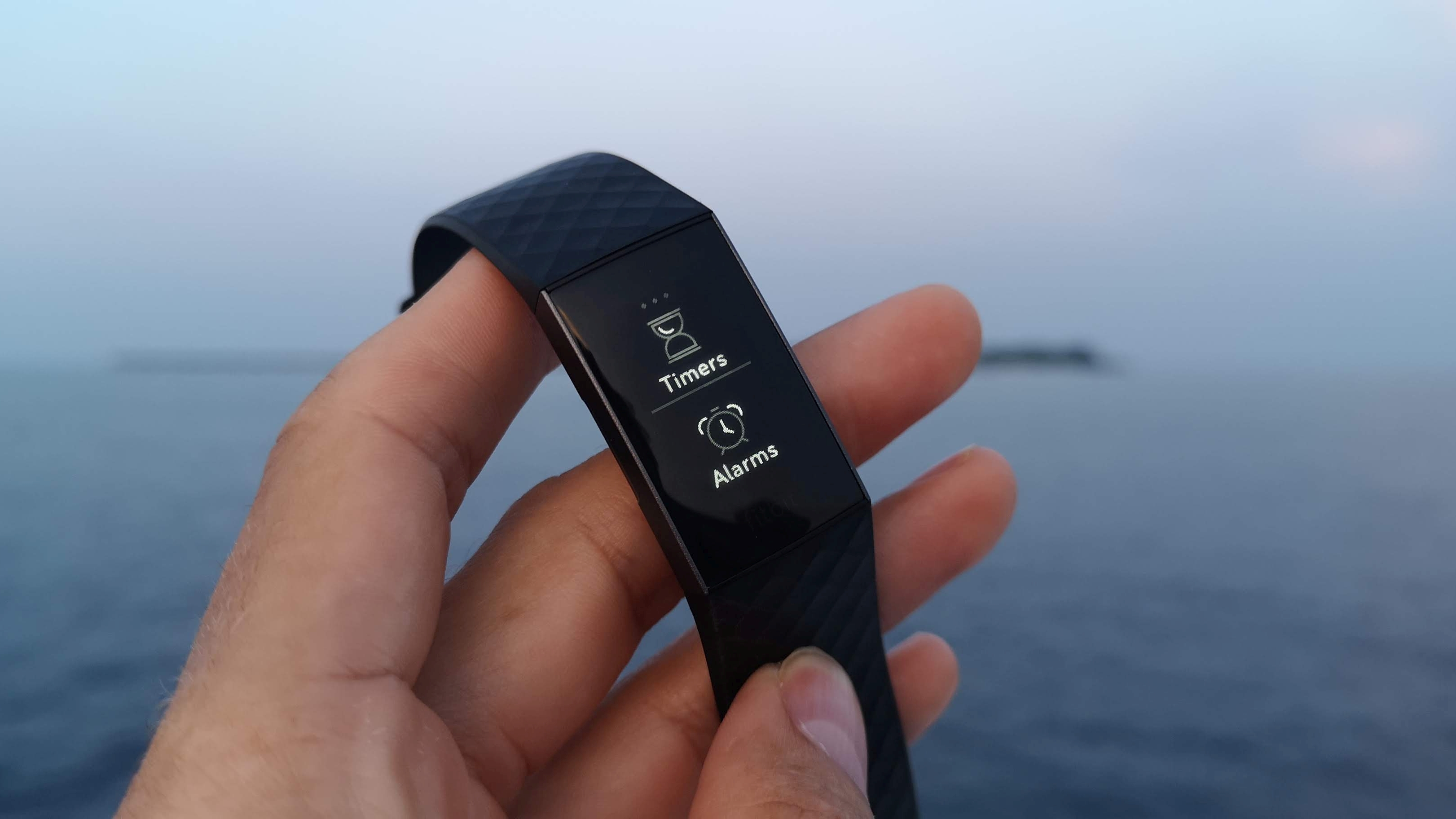
There will also be a calendar and the Fitbit Leaderboard soon, as well, we are told. No sign of them yet, though.
While we’re on the subject of promises, Fitbit says an upcoming update to the Android app means users will also be able to do quick replies to your messages from the Charge 3.
This will only allow you to reply to instant messages with a basic, predefined response such as “sorry I can’t chat right now” but still, we guess that’s better than nothing.
All the general multi-sport fitness tracking features you’d expect from a Fitbit activity tracker are available on the Charge 3, including the old favorites seen on the Charge 2, such as 24/7 heart rate tracking, workouts, and guided breathing for relaxation, as well as some new additions such as swim tracking.
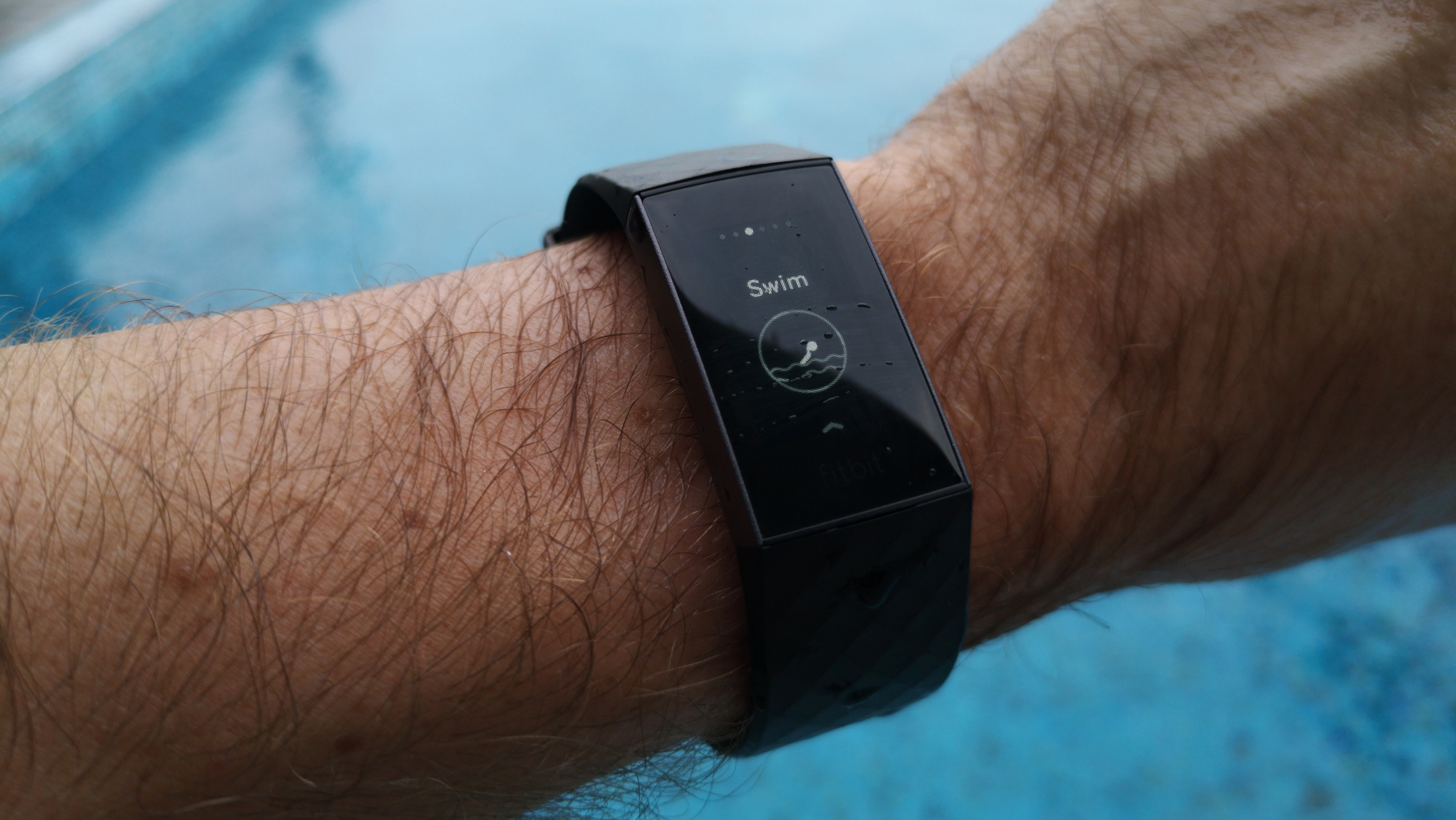
Besides swimming, the Charge 3 offers the ability to track outdoor running, treadmill running, walking and weight training, as well as bike and interval workouts, as seen on the Charge 2.
In our experience, all fitness tracking features worked very well, which is what we’ve come to expect from Fitbit over the years. As with the device’s predecessor, the Charge 3 tracks your exercise automatically, so you don't have to start sessions manually.
If you start running, for example, it will detect this and begin monitoring. It also lets you start then pause a workout without ending a session.
However, one downside is that there isn’t any dedicated GPS on this tracker. It’s a shame, especially for runners, and even more so considering there are cheaper products on the market which are capable of tracking your location without your phone.
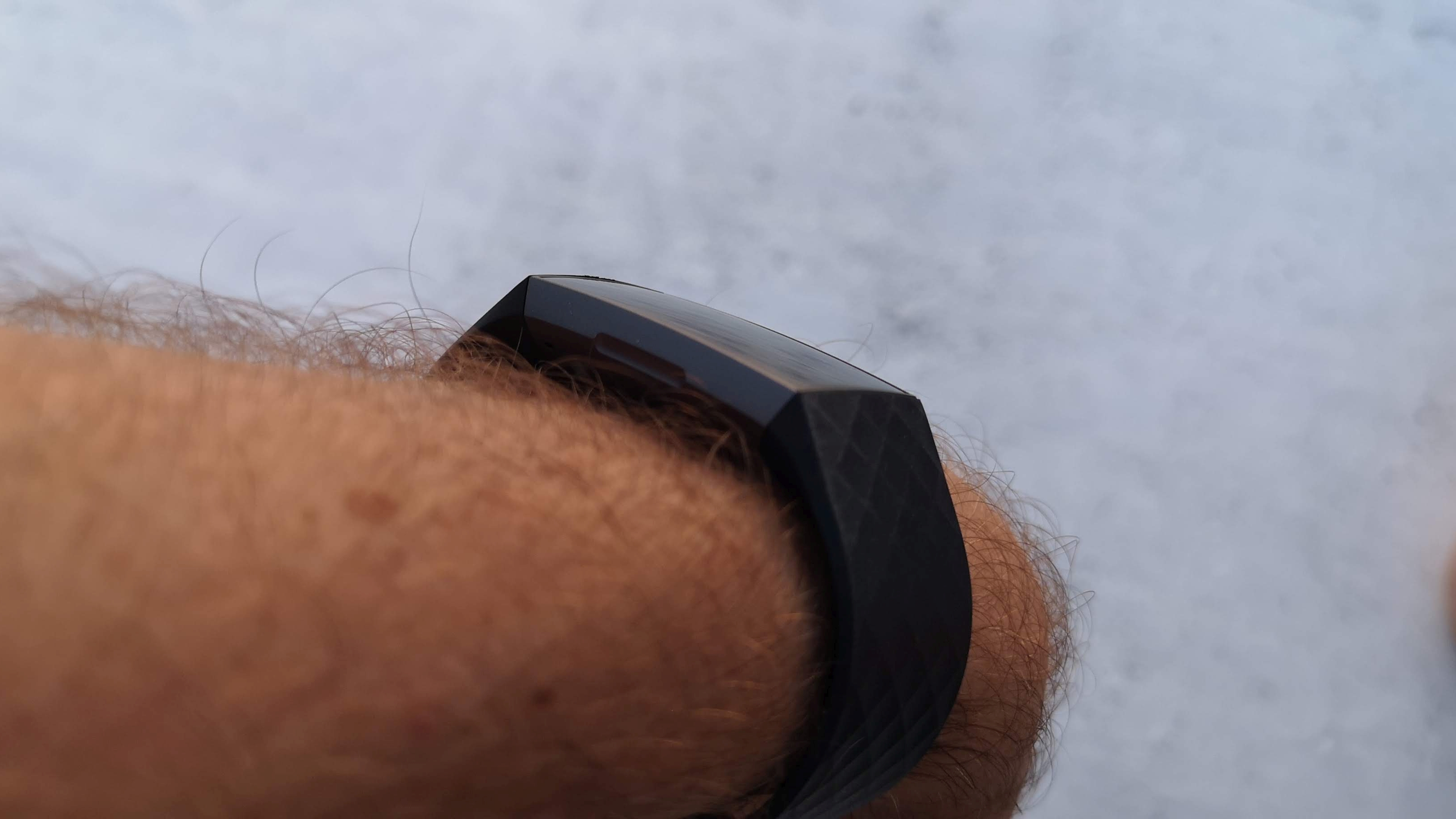
Nevertheless, the Charge 3 does have connected GPS, so it will at least work with your phone's GPS to track the distance traveled. So you’ll still be able to keep an accurate eye on your distance, you’ll just need to take your phone out for a run with you.
You can connect to your phone's GPS easily through the Fitbit app, which we’ll go into separately, later.
A late 2018 update also brought with it auto running tracking which means the band will notice when you're jogging and pause when you've stopped. We've yet to properly try the feature out, but we plan to do so soon.
While it’s not something we were able to test in our review at this stage, female health tracking is now on the wrist too, so you’ll be able to use the Fitbit Charge 3 to track your next period.
If you've bought the Special Edition version of the Fitbit Charge 3 in the US or UK, you'll also get Fitbit Pay as well like we've seen on the Fitbit Ionic and Versa. We've yet to use the Special Edition tracker, but we've found it to work well on those Fitbit watches.
In Australia, all versions of the Fitbit Charge 3 come with Fitbit Pay onboard. Exactly why Fitbit doesn't offer that in the UK and US is currently unclear, but it's not too much more to spend if you're desperate for the feature.
Sleep tracking
- Tracks REM, light and deep sleep
- Includes a silent alarm
Sleep tracking makes a return on the Fitbit Charge 3, giving you a glimpse into your night with details on REM, light and deep sleep.
We found the wearable feels comfortable enough while sleeping, but we didn't always want to wear it to bed, as Fitbit suggests you should.
As with any sleep tracking tech, you never truly know how well it has tracked you, but what the Charge 3 recorded for us seemed about right.
There's also a silent alarm mode, which vibrates the tracker on your wrist to gently wake you without disturbing anyone else close by. It's a nice idea but we're not sure if it will be all that useful for heavy sleepers.
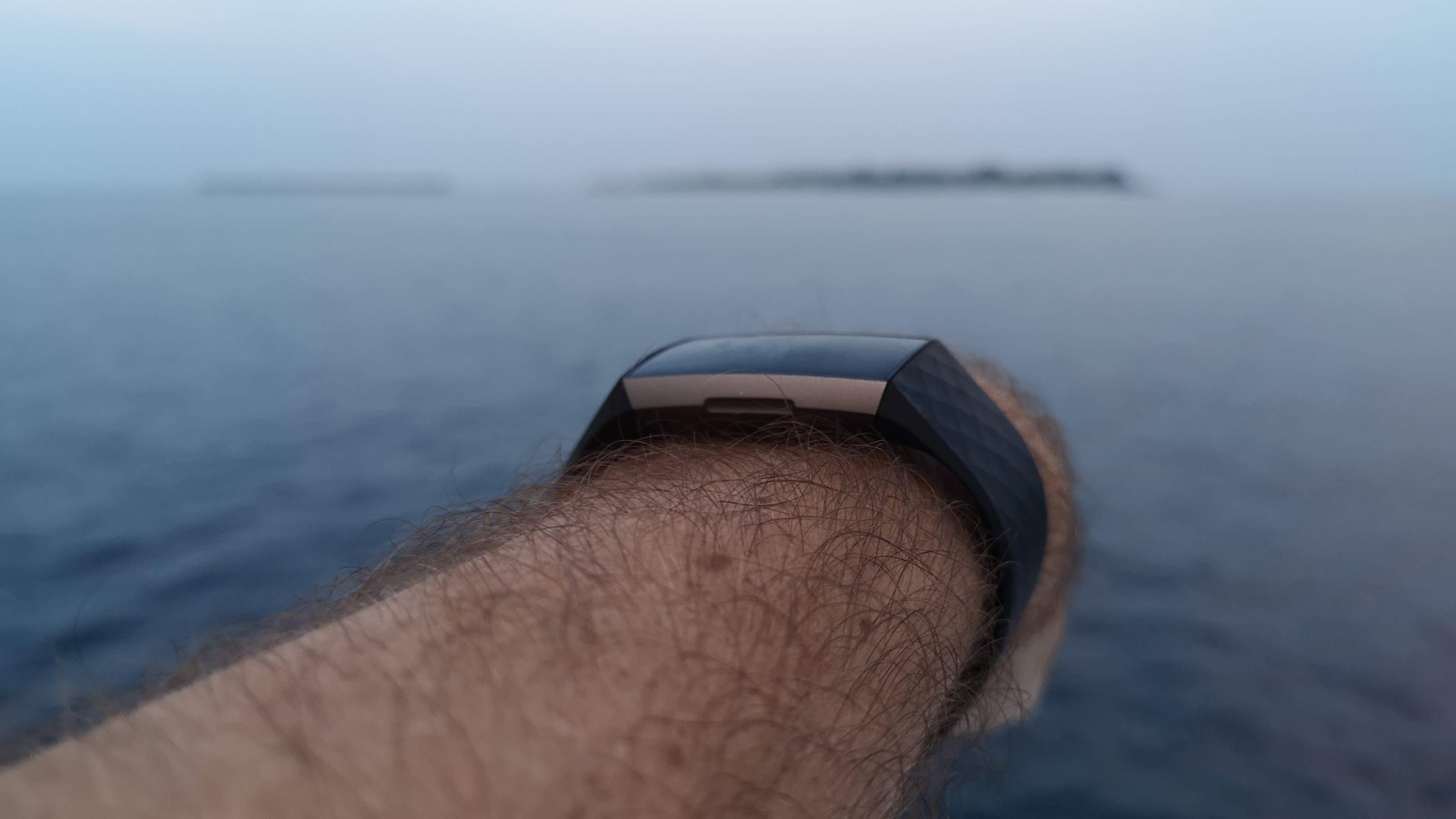
Battery life
- Should last you over six days
- Difficult to recharge if you want to use sleep tracking
Fitbit estimates the battery life for the Charge 3 lasts for seven days rather than the quoted time of five on the previous Charge 2 wearable. We found we didn't quite hit that mark, but we were using the device pretty intensively for our tests.
But we reckon if you're not constantly using the fitness-tracking and smart features more than once a day, you'll be able to get close to the seven days estimated time on a single charge.
On average we found that we got around six days of use from our fully-charged Charge 3, which isn’t all that bad, as it means you'd only be recharging the device once a week, pretty much.
In the box, you’ll find the Fitbit Charge 3 comes bundled with a proprietary charger. We would have preferred it used a more standard micro USB or USB-C connection charger, as more often than not it would run out when we didn’t have the charger to hand.
Another issue is finding a good time to charge the device. The obvious time to charge a wearable or phone is overnight, but if you want to wear the Charge 3 to bed to track your sleep then you won't be able to do that. So you’ll have to find some time when you don’t want to be tracking anything so you can actually re-juice it.
Thankfully, the Charge 3 shows life percentage on the device, so that a soon-to-deplete battery doesn't take you by surprise. This option might be pretty standard now, but when the Fitbit Charge and Fitbit Charge HR were first released, they didn’t include such a feature.
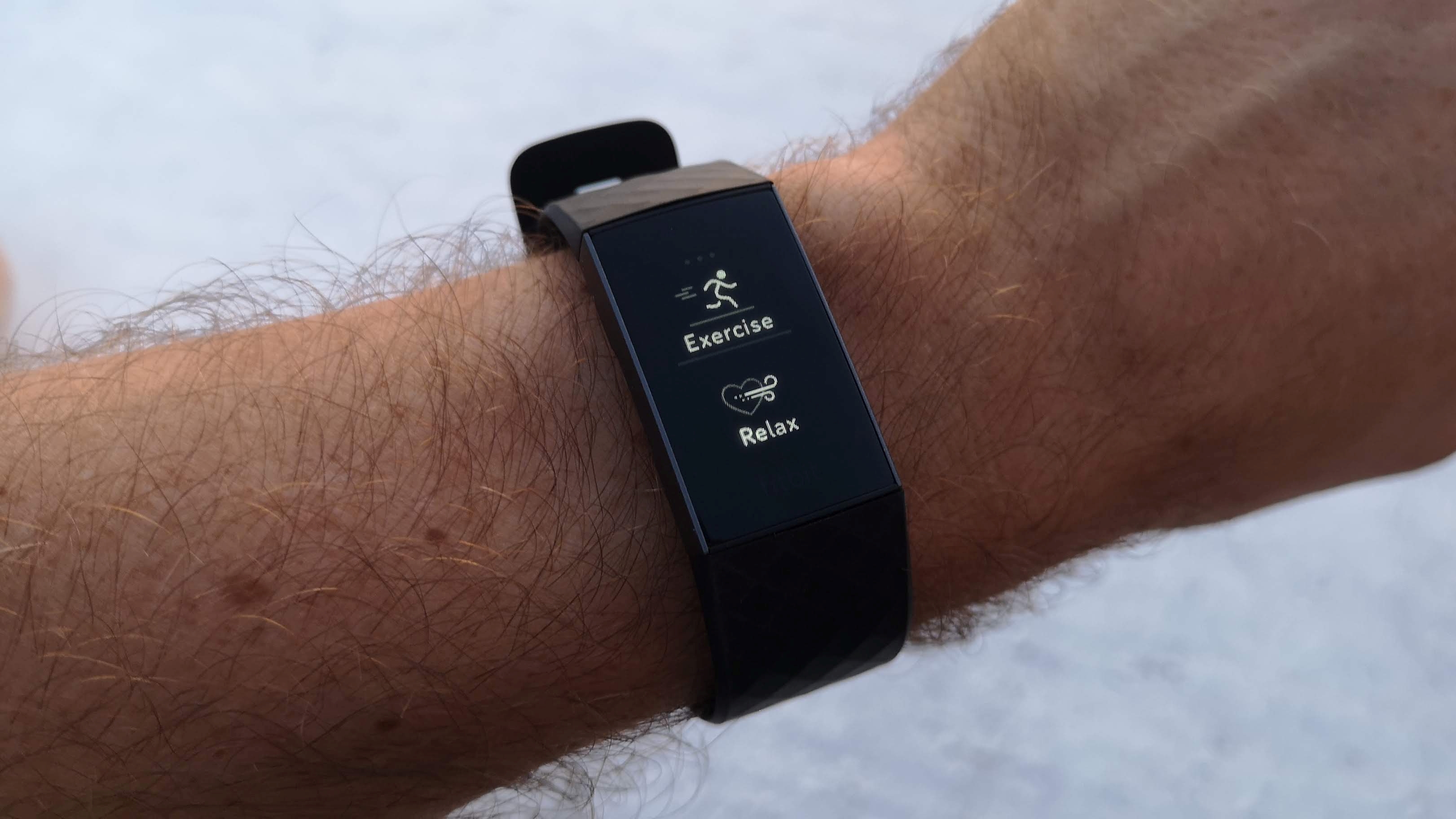
App
- Compatible with iOS and Android devices
- Impressively detailed and intuitive app
The Fitbit platform remains mostly unchanged from our review of the Versa, and it’s still just as impressive as it was then. It's clear, simple to understand and everything is easy to navigate. Fitbit The Charge 3 syncs via Bluetooth and it is a much faster and slicker experience than competing apps like Withings Health Mate.
We tested the Charge 3 with the Android app but it's also available on iOS. On the app home screen, you’ll find five main tabs within the Fitbit app: Dashboard, Account, Challenges, Guidance/Notifications, and Friends.
Dashboard is the main one, which presents all the data collected for each day - from food and water intake (if entered), to the number of steps taken - in tile form, making it easy to customize the order of what you want to see.
Each measured metric has a circular bar above it that moves in a clockwise direction as you get close to a set goal, meaning it's easy to see if you need to move more. Tapping on each of these metrics will also present data in more detail.
The other notable tab is the Account option, which can be found at the top right in the app and is where you can change goals, set up another Fitbit tracker, or access other settings, such adding a custom heart-rate zone.
There is also a link to see which other apps you have that can link up with the Fitbit app, such as MyFitnessPal, which is great for tracking diet. Settings - such as the Charge 3’s display design, silent alarms, main goal, and so forth - can also be accessed here.
Image Credit: TechRadar
Current page: What's it like to use?
Prev Page Introduction, design and display Next Page Verdict and competitionLee Bell is a freelance journalist & writer specializing in consumer technology, health, and lifestyle. Lee is a qualified personal trainer, testing fitness watches, training shoes and everything in between.
